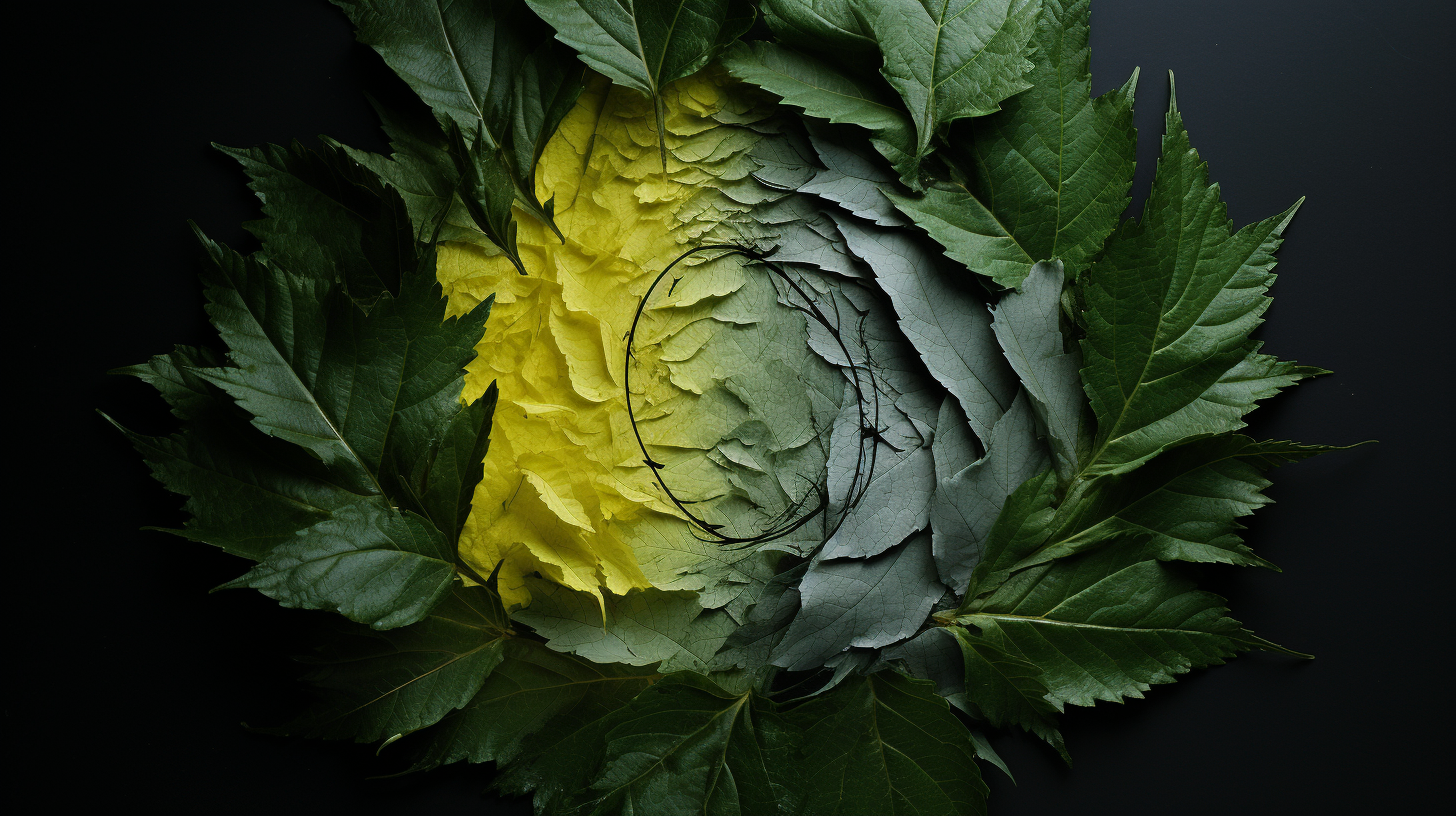In a world where the richness of life once danced in hues of emerald and jade, we now face the ‘greyening’ of our biosphere. Imagine a world not far removed from our calendars, a panorama once vibrant, now fading into the monochrome shades of a concrete jungle’s shadow. “Chlorophyll Eclipsed – Nature’s Palette Going Grey,” paints a picture of this somber future, where the very essence of life’s color is being leached away by the unrelenting grind of environmental degradation.
As our green tapestries wither, we must ask: How did the lush leaves and bountiful canopies come to lose their battle against the grey? Scientists have been ringing alarm bells for decades, warning us of the ecological pandemonium wrought by climate change and rampant deforestation. Yet, their pleas for caution went unheeded, as the march of progress trampled over nature’s fragile domain.
Recent observations from environmental watchers show a stark increase in ‘chlorosis,’ a condition that strips plants of their chlorophyll, casting them into a pallid state of existence before they succumb to death’s embrace. This phenomenon is not isolated but rather symptomatic of a broader environmental crisis.
“Without their chlorophyll-rich leaves, plants fail to photosynthesize, heralding a cascade of ecological collapse,” explains Dr. Elara Mote, a botanist at the forefront of this issue. The domino effect is chilling, as the disintegration of plant life precedes the demise of entire ecosystems. Creatures great and small, dependent on this vegetative verdure for survival, find themselves on a precipice overlooking oblivion.
The plight of the tropical forests, standing as bulwarks against climate anarchy, has been dealt a telling blow. Following the themes of “Green Pyres – The Final Stand of Tropical Forests,” we’ve witnessed the kindling of these once-mighty sentinels turn to ash. Deforestation has gutted their resilience, leaving behind skeletal remains to narrate their doom.
But it’s not just the giants that fall. The microcosms beneath the canopy, miraculous in their intricacies, succumb to the spread of this ashen wave. Scientists predict that this descent into a grey world could see the proliferation of monochrome beings, evolving in desperate adaptation to a land devoid of color. It’s a haunting thought: the evolution of species once defined by their brilliant colors now navigating a dim and uniform landscape.
We’ve arrived at a dismal junction in our planet’s history. Satellites eyeing from their celestial perches send back images, not of green marble but of a pallid sphere, as if Earth itself were succumbing to chlorosis. The irony is as heavy as the smog that chokes our cities: a planet once pulsing with life, now gasping in the clutches of human folly.
What remains are the ghostly echoes of what once was. Concrete footprints stamp out the last vestiges of green, etching a future in hues of iron and smoke. The ages-old dichotomy between man and nature, once a dynamic balance of give and take, now reads as a one-sided tale of greed and loss.
Sobering shifts in phenology – nature’s timing belt – herald even more alarming metamorphoses. Spring’s first blush and autumn’s final bow occur outside their time-honored cadences, confusing the choreography of life that depends on these seasonal rhythms. An unsettling silence settles over habitats where birdsong and insect buzz once filled the air, the soundtrack of a thriving ecological opera now muted and skips, like a record worn from overuse.
This greyscale version of Earth’s masterpiece begs the question: What artistry remains when the palette is wiped clean? And more particularly, What legacy do we leave for generations that will gaze upon a canvas we had the power to preserve in all its glory?
The clarion call for action, though drenched in the sorrow of our failings, remains a refrain we cannot afford to ignore. For even amidst the advancing grey, there are still those who carry the torch of resistance, nurturing pockets of rebellion where the green refuses to die. It is these last stands of color we must champion, not as a hope for reversal, but as a testament to what was once our shared heritage.
The grey may have eclipsed our chlorophyll, but it has not yet silenced the spirit of those willing to fight for the memory of green.
